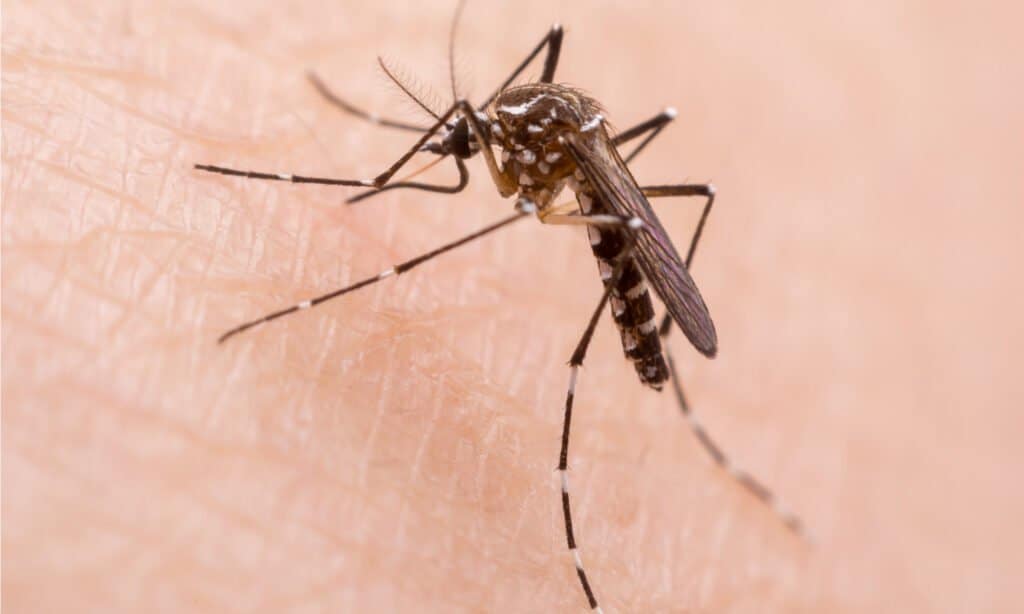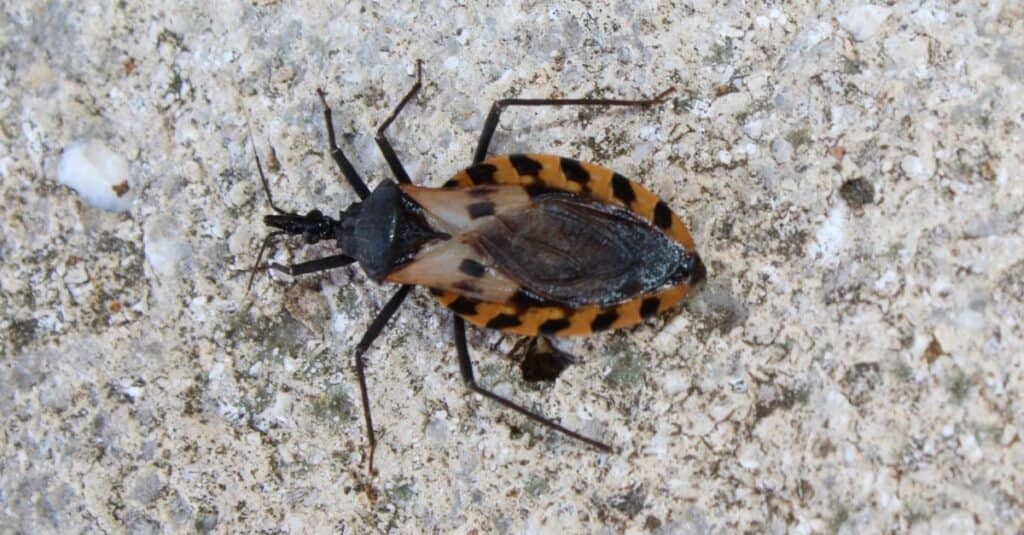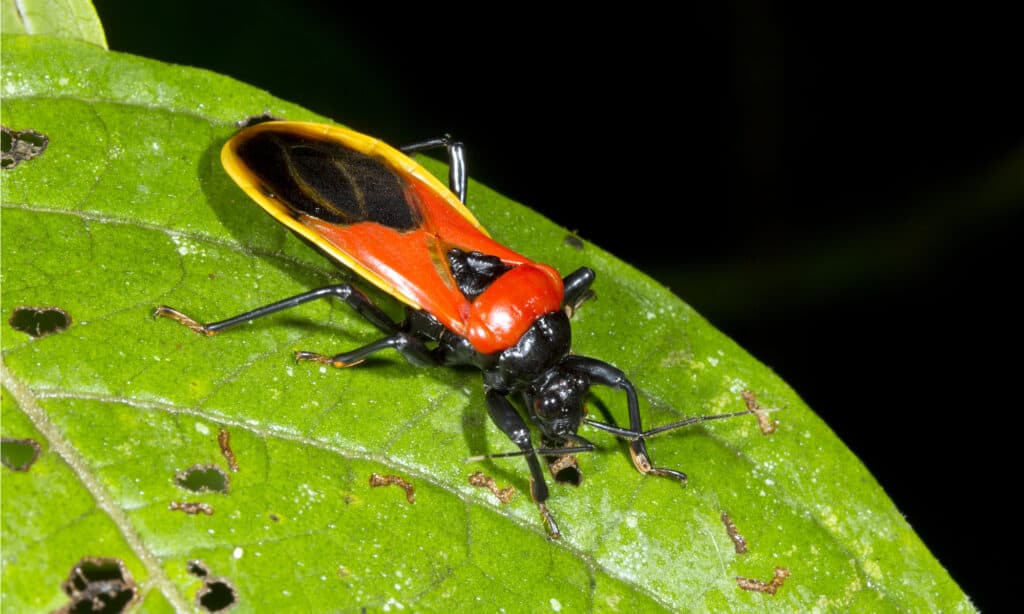Did you know there are various flying animals in Tennessee that can pose a threat? Whether humans are in danger of a deadly disease or an insect will eat your crops, it’s essential to be informed about what’s flying around your home!
The Most Dangerous Flying Animals in Tennessee
1. Mosquitoes

Mosquitoes are one of the deadliest animals on the planet!
©Surachai Pung/Shutterstock.com
The majority of mosquito bites do not result in illness. Your skin will only be left with a red, uncomfortable welt as a result. However, if an infected mosquito bites you, you could become seriously ill.
Some illnesses that mosquitoes can transmit can cause fatalities and have severe symptoms. It’s critical to comprehend how mosquitoes transmit infections and how to stop their spread if you want to shield your loved ones from these illnesses.
Mosquitoes get these diseases by biting humans or other animals. A mosquito may get infected and spread an infection to you or a member of your family. West Nile virus is the most serious illness carried by mosquitoes in the United States.
Each year, it is responsible for a number of deaths. This virus spreads to mosquitoes through bird populations. Luckily, Tennessee has few cases of this illness. However, they are increasing, so everyone in the area needs to be conscious of this danger.
2. Kissing Bugs

Kissing bugs get their name from biting around the mouth of their victim.
©Vanessa Becker-Miller/Shutterstock.com
Yes, kissing bugs live in Tennessee. No, they are not common. However, considering the risks they can provide, it’s crucial to keep a vigilant lookout for them. T. cruzi, a parasite transmitted by these pests, is what causes Chagas disease.
In the evening, kissing bugs emerge to feed. Although they can strike anywhere on a vertebrate’s body, they typically like to attack the face, particularly the area around the mouth and eyes.
Nobody wants long-lasting Chagas illness. The gastrointestinal tract, heart, and brain are just a few of the key organ systems that are severely damaged by this potentially fatal illness. Sadly, Chagas is likewise incurable if it enters the chronic stage.
If you feel extremely ill after a probable kissing bug bite, get emergency medical assistance.
5. Bald-Faced Hornet

This flying insect in Tennessee loves to eat deer flies.
©Paul Reeves Photography/Shutterstock.com
A bald-faced hornet is related to other wasps and the yellowjacket. Due to its size and vicious nature, it is frequently called a “hornet,” and its popular name derives from its primarily black hue and mainly white face.
These bald-faced hornets, frequently referred to as black and white wasps, have a painful sting that resembles that of a hornet. Venom from bald-faced hornet stings causes swelling, itchiness, and pain for around 24 hours.
Bald-faced hornet stings have the same potential for adverse reactions in humans as do those from other stings from insects. These flying pests normally construct their paper nests no less than three feet off the ground.
In Tennessee, they build them on overhangs, power lines, houses, barns, or other buildings. These nests have a maximum diameter of 14 inches and a maximum length of more than 24 inches.
6. Assassin Bug

Adult assassin bugs can live up to 10 months.
©Dr Morley Read/Shutterstock.com
There are many creepy crawlies in the bug world, whether they be stinky stink bugs, cunning weevils, or just nasty cockroaches. However, some insects have the power to cause mayhem in the garden by stealing crops and vibrant blooms.
The colloquial moniker “assassin bug” refers to a substantial fraction of the insect species that belong to the Reduviidae family. Although there are around 7,000 species globally, there are only roughly 160 species of assassin bugs in North America.
The rostrum or proboscis, a curved mouthpiece like a knife, is used by assassin bugs to slay prey. An assassin bug pierces its prey with a spear, kills it with venom or digestive fluids, and then feeds by sucking on the corpse.
This beak is another means by which these bugs protect themselves from outside predators. These bugs can even eat insects that are bigger than themselves and eat damaging aphids, leafhoppers, and worms.
Additionally, assassin bugs relentlessly pursue their prey, scouring trees, shrubs, and other types of vegetation looking for victims.
7. Bats

Little Brown Bats are the most common type of bat in Tennessee.
©Peter Radosa/Shutterstock.com
Some people believe that bats are of the most malevolent mammals in the animal kingdom. They’re frequently connected to vampires, paranormal activity, and eerie environments. It’s easy to misunderstand these creatures. But are bats harmful to people?
There are 16 different bat species in Tennessee. Bats are not hostile, but they can still be harmful. Diseases like rabies are connected to bats. Furthermore, according to the Centers for Disease Control and Prevention their excretions, known as “guano,” may pollute soil with a fungus which triggers Histoplasmosis.
As a result, you do not want bats to establish a roost in your house. If you do suspect you have a bat problem, please seek professionals for removal to ensure your safety.
Summary of Dangerous Flying Animals in Tennessee
- Mosquitoes
- Kissing Bugs
- Emerald Ash Borer
- Bald Faced Hornet
- Assassin Bug
- Bats
The photo featured at the top of this post is © Rudmer Zwerver/Shutterstock.com
Thank you for reading! Have some feedback for us? Contact the AZ Animals editorial team.






